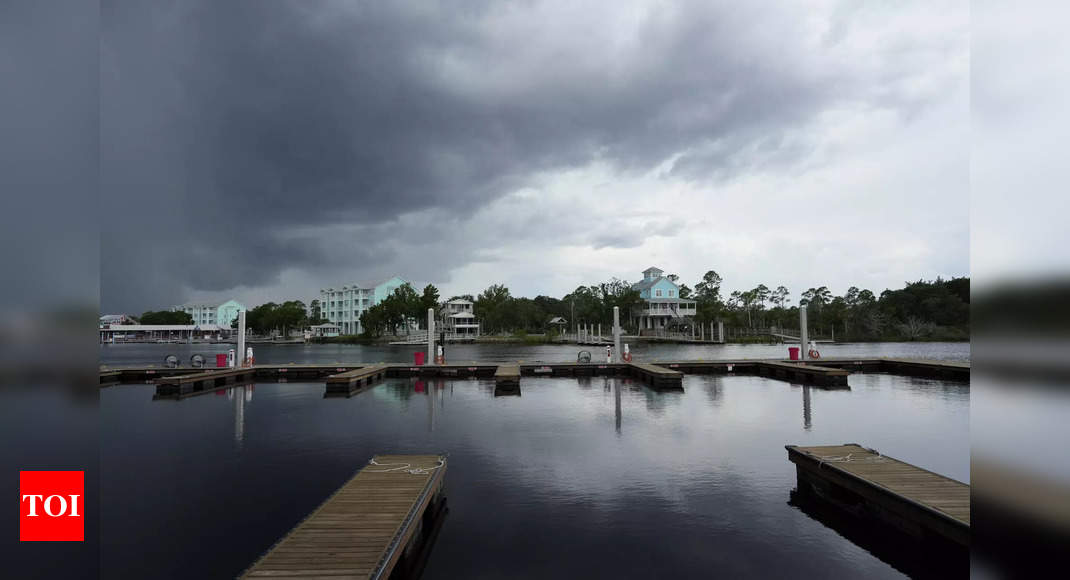Hurricane Idalia is gaining strength as it approaches Florida and the Gulf Coast, and scientists believe warm water is the main driver of its rapid intensification. The ocean water in the storm’s path is unusually warm, acting as a source of energy for the hurricane. Colorado State University hurricane researcher Phil Klotzbach describes the warm water as ‘rocket fuel for the storm.’ University of Miami hurricane researcher Brian McNoldy also notes the surreal warmth of the water in the northeast Gulf. The phenomenon is not limited to Hurricane Idalia; experts have observed an increasing trend of hurricanes rapidly intensifying near coastlines in recent years.
Hurricanes derive their energy from warm water, making the current conditions ideal for rapid intensification. This year, scientists have documented record hot surface oceans, particularly in the Atlantic and near Florida. The deeper water, measured by ocean heat content, has also been setting records due to climate change. The National Hurricane Center’s forecast discussion specifically mentions the ocean heat content as a significant factor in Idalia’s expected intensification.
While it is challenging to attribute the intensity of a single storm to climate change, studies have shown a clear connection between global warming and the increased frequency of rapid intensification over many years. University at Albany atmospheric sciences professor Kristen Corbosiero highlights the influence of warm water in Idalia’s rapid intensification. The warm water is a result of a mix of human-caused climate change, natural climate cycles, and the Loop Current and eddies in the Gulf of Mexico.
The warming of surface oceans and the absence of upper-level crosswinds, known as shear, contribute to the rapid intensification of hurricanes. Cold water inhibits hurricane development, but Idalia will not encounter deep enough cold water to impede its strength. Additionally, the absence of previous hurricanes churning cold water in the region further aids Idalia’s intensification process.
Several hurricanes in recent years, including Idalia, have exhibited rapid intensification just before their arrival on the coast. This trend of storms intensifying close to land is consistent globally. A recent study published in Nature Communications found that storms within 240 miles of coastlines have been rapidly intensifying three times more often compared to 40 years ago. The study identifies warmer sea surface temperatures and a natural climate cycle as contributing factors to this trend.
Scientists emphasize the need to consider the bigger picture when examining the relationship between climate change and hurricane intensification. While it may be challenging to attribute the intensity of a specific storm solely to climate change, long-term trends and studies reveal a clear connection between global warming and the increased frequency of rapid intensification. Hurricane Idalia provides a glimpse of the potential scenarios we may face in the future as a result of climate change.










